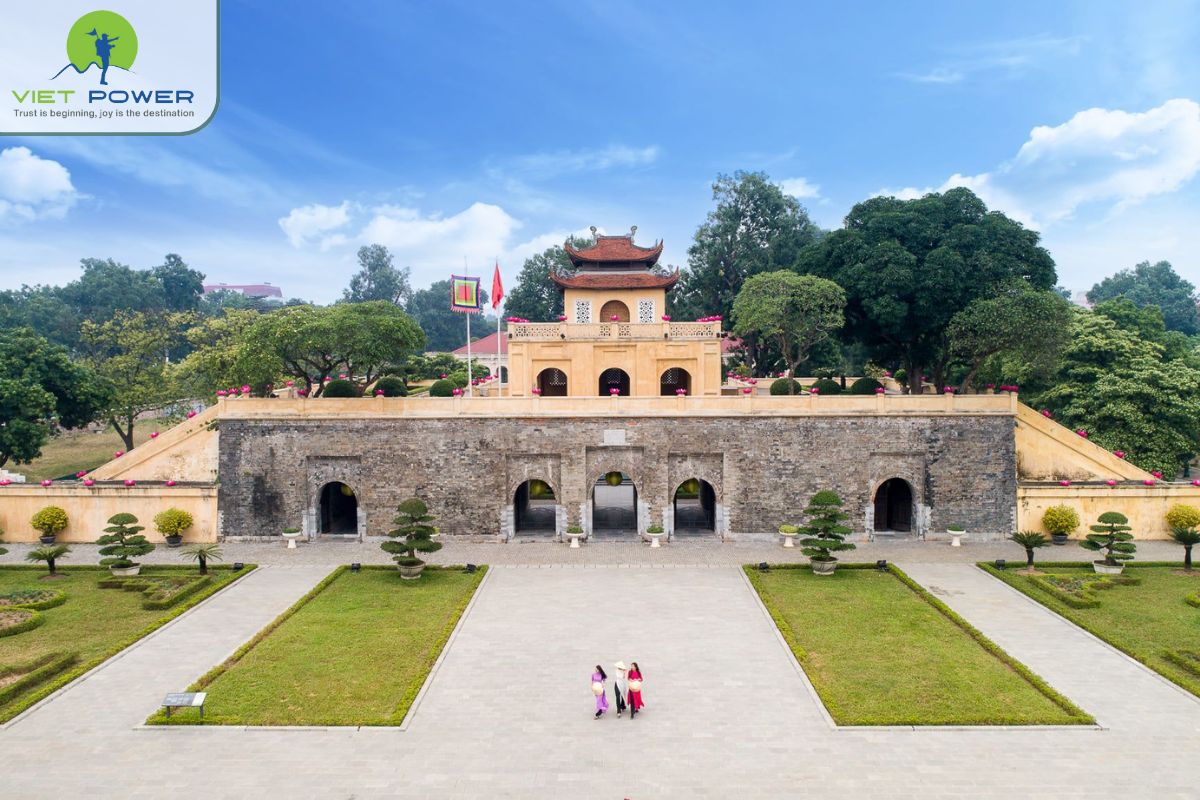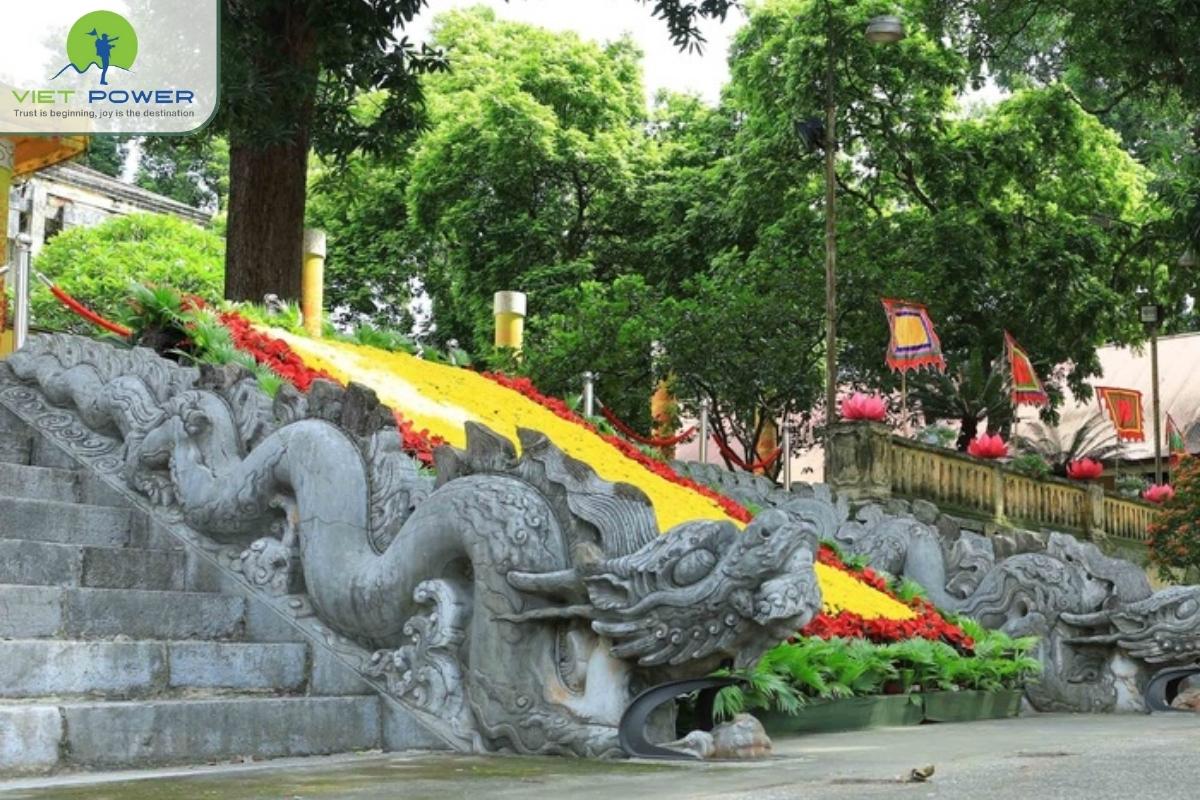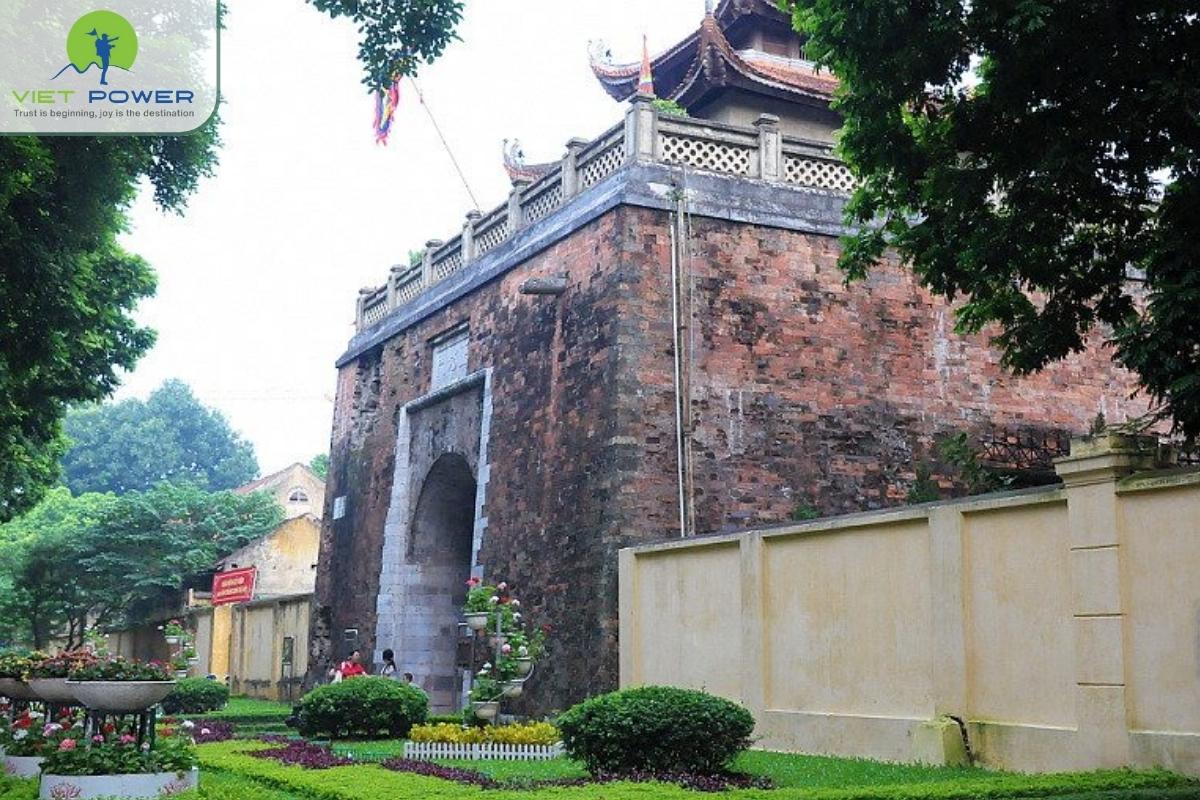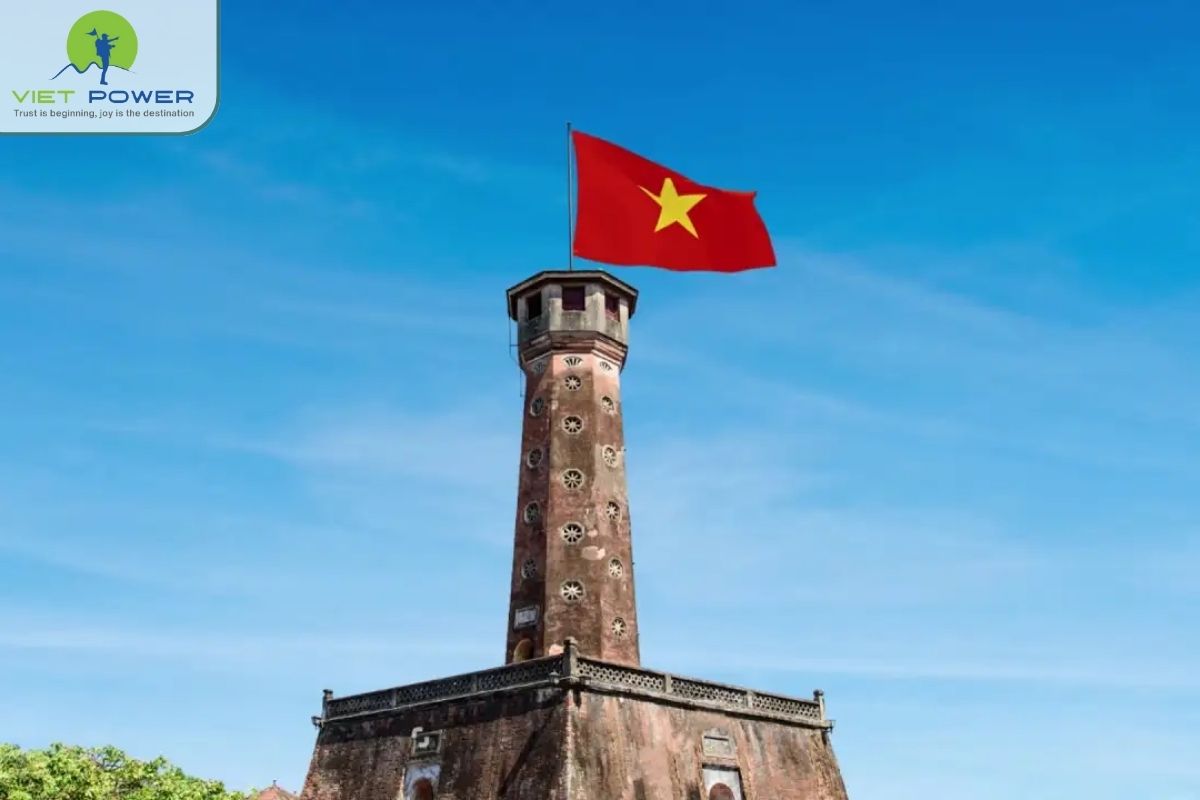Hanoi, Vietnam's 1000-year-old capital, is a city where history feels alive. Right in its center, the Imperial Citadel of Thang Long, a UNESCO World Heritage Site, stands as a powerful symbol of the nation's story. But what makes its design so special?
This post guides you through the architecture of Thang Long Citadel. We'll uncover hidden design secrets, walk through the ruins of royal palaces, and explore the legends etched in stone. Join Vietpower Travel as we journey back in time to understand why this is a must-visit for any traveler in Vietnam.
Before we look at the buildings, why is this site so important to the world?
The UNESCO recognition isn't just for the structures themselves. It's because the citadel served as the continuous center of political power for over 1,000 years, all on the same spot.

Many visitors ask: "So, what makes it different from other historical sites?"
The answer is its "living" history. Think of it as a layer cake of time. As archaeologists dig, they find layers stacked on top of each other from the Ly, Tran, and Le dynasties to the Nguyen Dynasty and even modern times, all in one place. This continuity is incredibly rare. You can literally see how Vietnamese culture and architectural styles evolved over centuries.
To understand the full story, you should first learn about the complete history of the Imperial Citadel of Thang Long.
One of the most captivating aspects for international visitors is the citadel's layout. It wasn't built randomly. The design follows the ancient principles of Feng Shui in citadel design.
What is Feng Shui? Simply put, Feng Shui (meaning "wind-water") is the traditional Vietnamese and East Asian practice of arranging a space to create balance and harmony with the natural world. The goal is to attract positive energy, health, and good fortune.
.jpg.jpg)
Royal architects used Feng Shui to create a "cosmic map" that connected the emperor (representing humanity) with heaven and earth. They believed this harmony would ensure the empire's stability and prosperity.
For example, the Ly Dynasty architects chose this exact spot with great care. The citadel was built facing south, with Nung Mountain (the "Dragon's Head") at its center and the Red and To Lich Rivers providing protective "dragon veins." Every gate, palace, and waterway was aligned to this cosmic blueprint, making the entire complex a symbol of the Emperor's "Mandate of Heaven."
.jpg)
You might wonder why facing south was such a big deal.
In Vietnamese (and many Asian) beliefs, the south is associated with the Emperor. It is the direction of light, warmth, and positive energy (Yang). By having the throne and main gates face south, the Emperor positioned himself as the "Son of Heaven," the one who would channel that positive energy to rule and care for his people.
Continue exploring similar posts to learn more about Vietnam’s attractions and experiences:
When you visit the Imperial Citadel of Thang Long today, you're walking through a mosaic of history. While many grand palaces were destroyed by centuries of war, the remaining structures and foundations offer powerful insights.
This is the main gateway to the Emperor's inner palace, a place most people were never allowed to see. When you walk through one of the five stone arches, imagine you are a top government official invited for a royal event. The building's design is a classic example of Le Dynasty stonework - it's strong yet beautiful. The biggest arch in the middle? That was the Emperor's private path. Only he could use it, which was a clear symbol of his total authority.
Although the grand palace itself is gone, its foundation is the citadel's most iconic image.

A common question here is: "If the palace is gone, what's the most important thing to see?"
The answer is right at your feet: the magnificent stone "Dragon Steps." Carved with breathtaking detail in the 15th century, these dragons aren't just decorative. They are guardians of the royal court and powerful symbols of imperial power. This exact spot was the literal center of the universe for ancient Vietnam, where all major ceremonial and religious practices took place.
Standing at the northern end, Bac Mon is the only remaining gate of the 19th-century Nguyen Dynasty citadel. Its architecture is distinct, but its most poignant feature wasn't part of the original design.

As you look up, you might wonder: "Why are there cannonball holes in a royal gate?"
Look closely, and you will see them. These "scars" are a powerful, tangible link to one of the most significant historical events in the citadel - the 1882 attack by French troops. They were left unrepaired as a reminder of this moment, which marked the beginning of the colonial era.
In a stunning juxtaposition of history, deep within this ancient complex lies a modern secret. Many visitors are surprised to find it and ask, "A modern bunker? Why is this here?"

House D67 and its connecting tunnel were the top-secret military headquarters during the Vietnam War. From 1968 to 1975, this humble-looking building was the nerve center for the North Vietnamese army. For tourists, this is a fascinating discovery, showing how the citadel's strategic importance has never faded, seamlessly connecting its imperial past with its modern history.
Let’s explore more posts on this topic to discover even more about Vietnam:
To truly connect with a place, you must know its stories. The citadel myths and legends are what breathe life into the cold stone.
The most famous legend, of course, answers a key question: "What does 'Thang Long' mean?"
In 1010, Emperor Ly Thai To moved his capital here from Hoa Lu. As his boat approached, he reportedly saw a golden dragon ascending into the sky. He took this as a divine omen and named his new capital "Thang Long," or "Ascending Dragon." Every time you see a dragon motif in the citadel's architecture, you are seeing a celebration of this foundational myth.
Continue exploring similar posts to learn more about Vietnam’s diverse attractions and unique travel experiences. Our Vietnam tourist attractions category is filled with ideas to help you plan your perfect adventure.
The architecture of Thang Long Citadel is best explored with a plan. The first question most visitors have is: "How much time do I need for my visit?"
The complex is vast, so we recommend allocating at least 2-3 hours.

For the richest experience, a guided tour can make these stories come alive. Consider one of our Hanoi Tours for expert insights.
The Imperial Citadel of Thang Long is not just a relic; it is the living story of Hanoi.
Discover the secrets of Vietnam's 1000-year history. Contact Vietpower Travel today to book your private tour and unlock the legends of the Ascending Dragon!